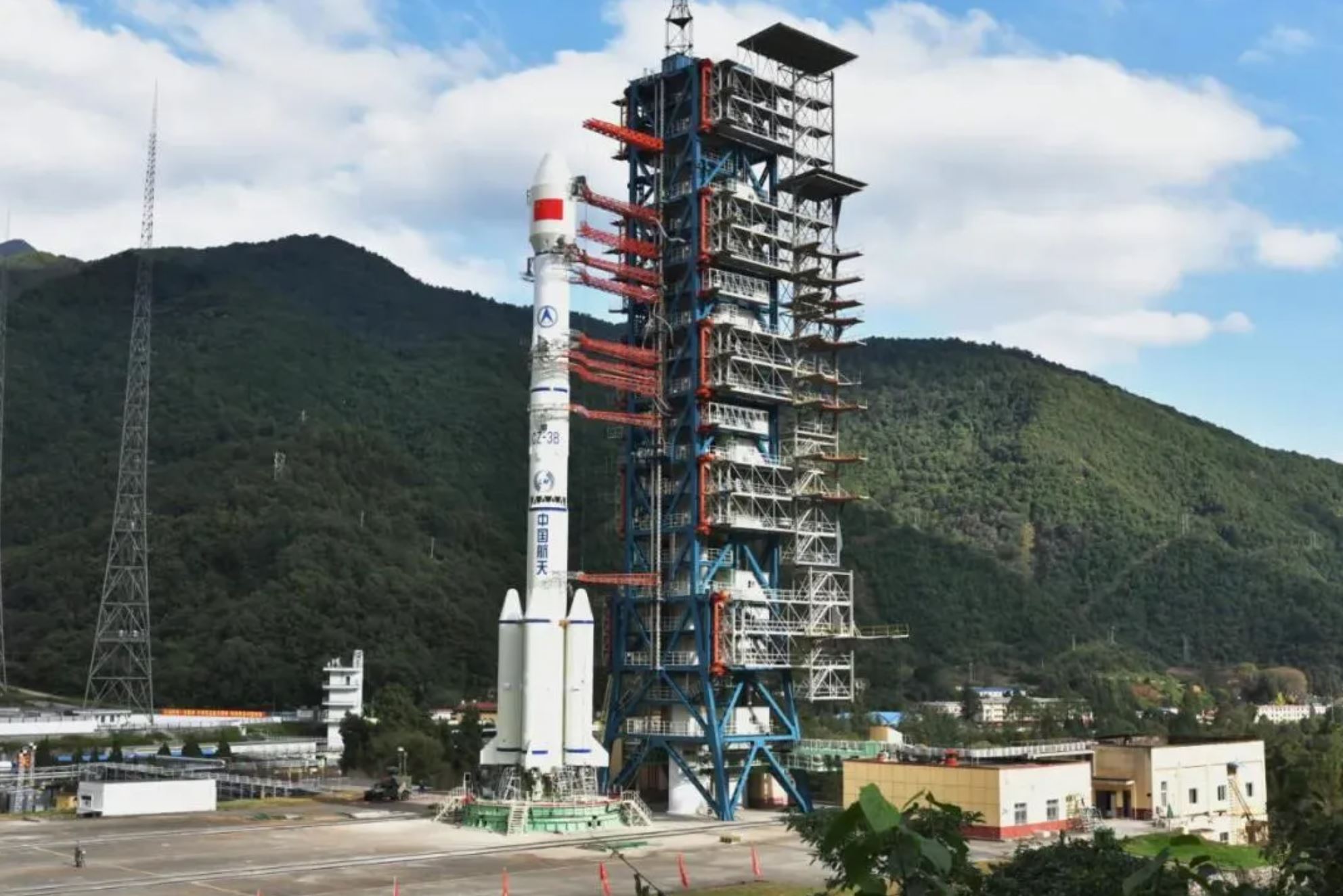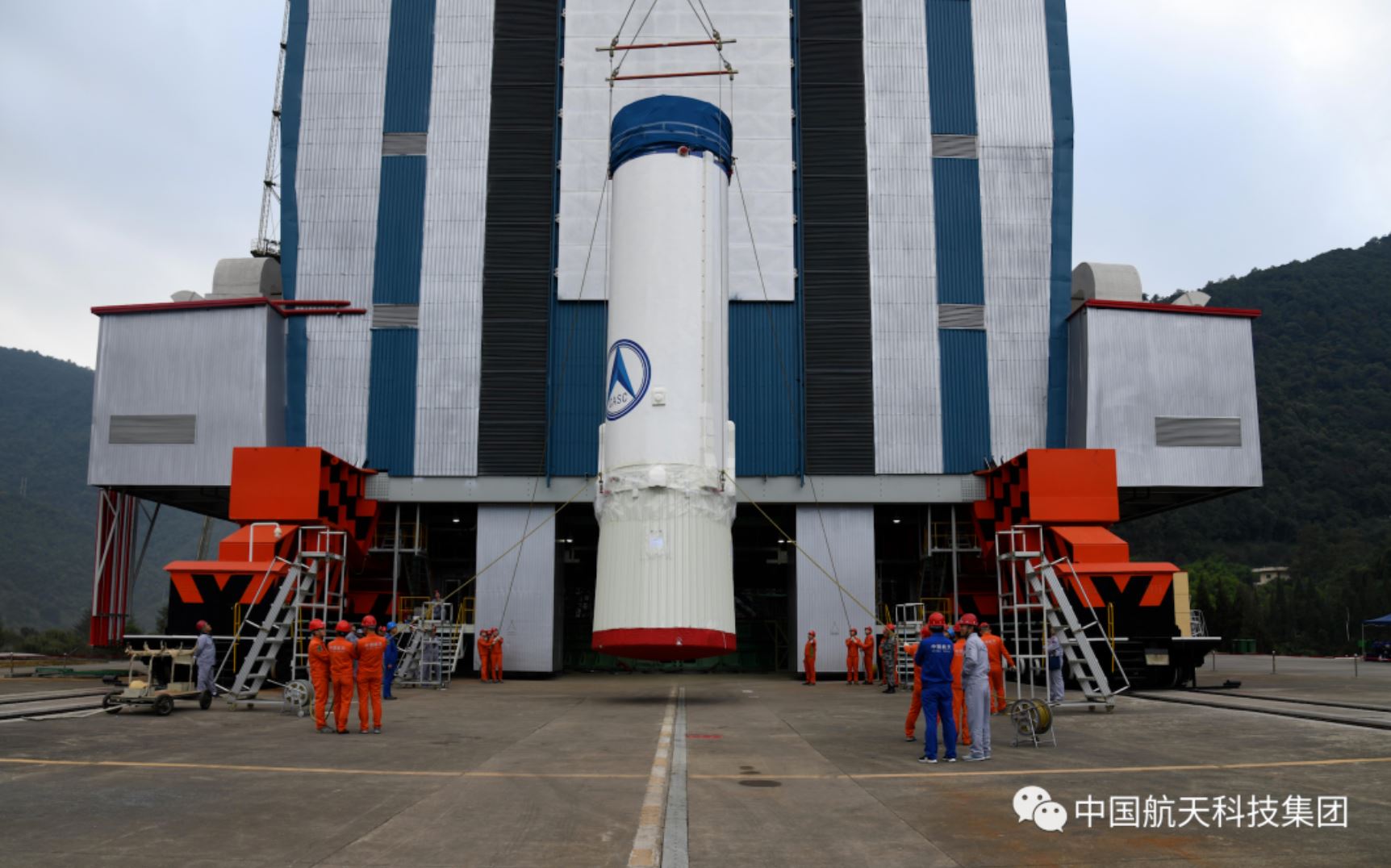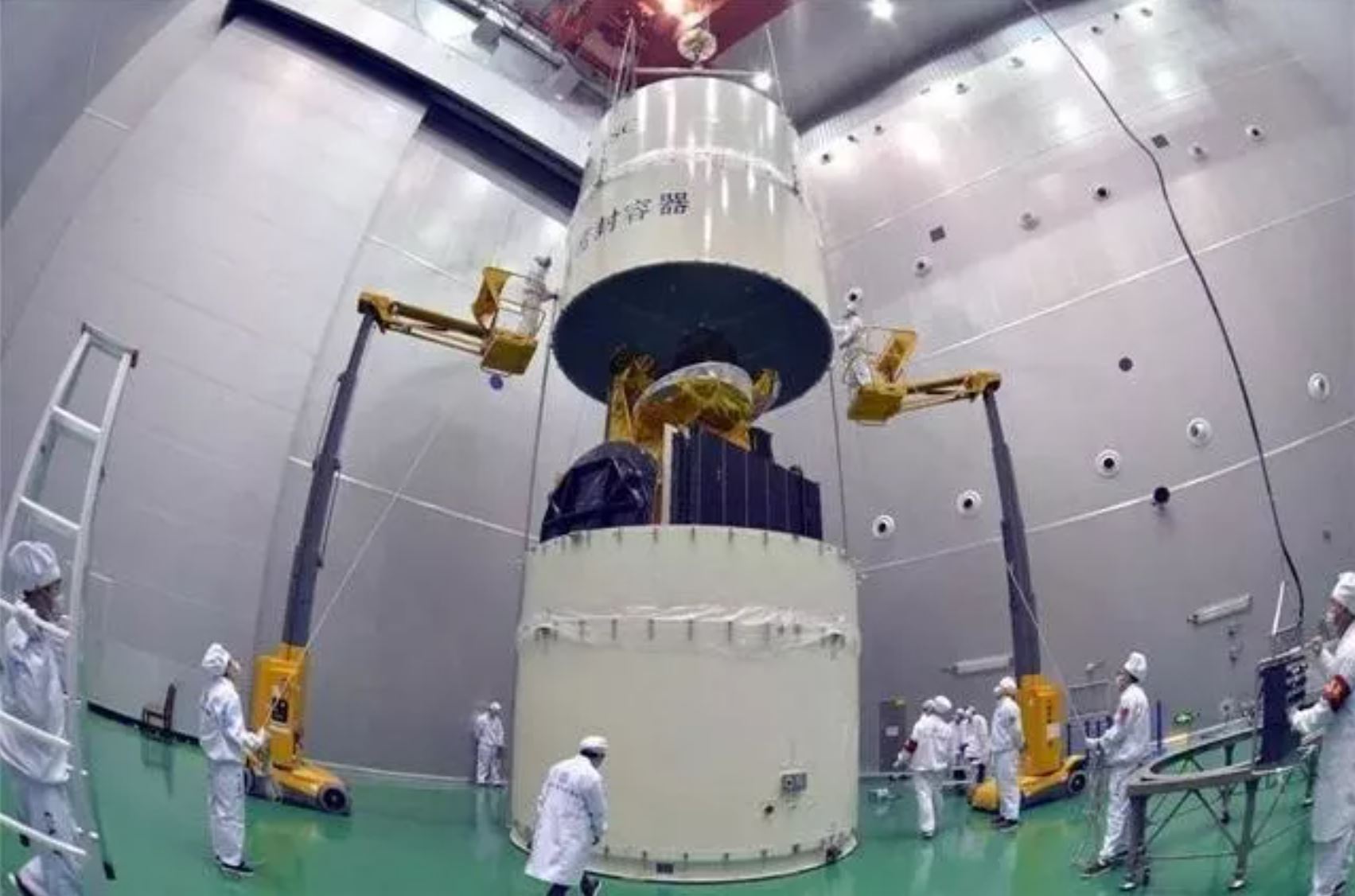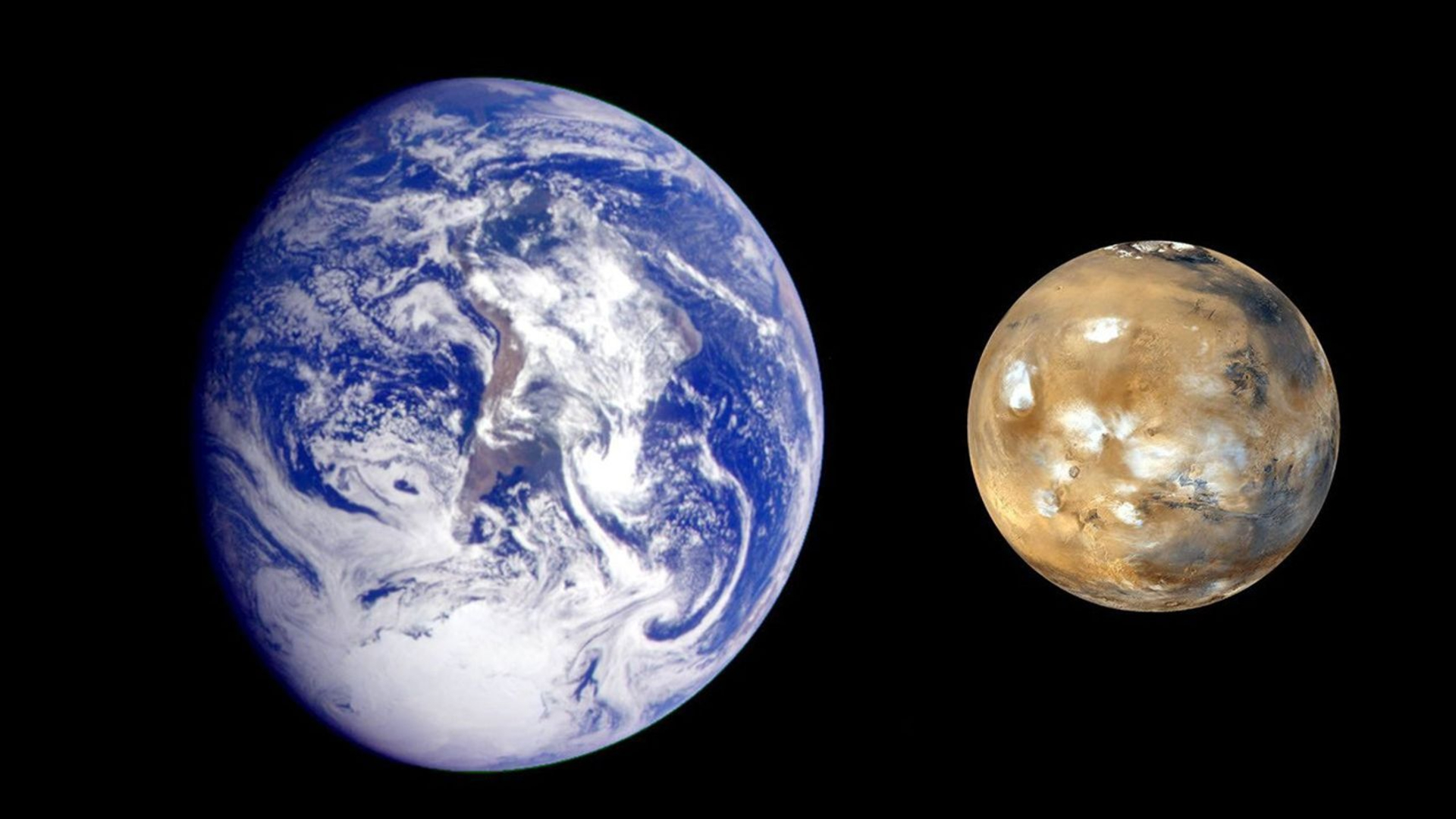China notches 34th launch of the year with communications satellite
China conducted its 34th launch of the year on Nov. 12, sending the Tiantong-1 (02) mobile communications satellite into an orbit high above Earth.
A Long March 3B rocket lifted off from the Xichang Satellite Launch Center in southwest China at 11:59 p.m. local time on Nov. 12 (1559 GMT; 10:59 a.m. EST) carrying the Tiantong-1 (02) into a geostationary transfer orbit.
Tiantong-1 (02) is the second satellite for China's mobile communication system. It will orbit at an altitude of around 22,236 miles (35,786 kilometers). Here, the speed of the spacecraft's orbit matches the rotation of the Earth, meaning the satellite effectively stays fixed over a point on Earth, which is very useful for communications. The satellite will take around a week to reach its designated point within this particular orbit.
Related: The latest news about China's space program
The satellite is part of a mobile network, together with ground facilities and user terminals to provide mobile communication services including voice, short text message and data. The satellite will serve users in China and the surrounding region, including parts of the Asia-Pacific, Middle East and Africa.
Tiantong-1 (01), the first satellite for the mobile communication system, launched in August 2016. Both satellites were developed by the China Academy of Space Technology (CAST), an arm of China's main space contractor China Aerospace Science and Technology Corporation, or CASC. CAST develops and manufactures satellites and spacecraft, including space station modules and Shenzhou spacecraft for human spaceflight missions.
"The successful launch of the Tiantong-1 (02) satellite will further enhance China's capability of independent satellite communication and bring more convenience to people, improving their well-being," Zhou Jian, deputy director of the Planning Department at the Xichang Satellite Launch Center, told Chinese state media.
Breaking space news, the latest updates on rocket launches, skywatching events and more!
Zhou added that Xichang will host three more launches in the next two months, including the follow-up Tiantong-1 (03) communications satellite and the Gaofen-14 Earth observation satellite.



China has now carried out 34 launches in 2020, which was briefly more than any other country, until the U.S. launched a spy satellite and a crewed mission over the weekend. Both countries have been able to maintain a high rate of launches despite the COVID-19 pandemic.
China led global launches in a calendar year for the first time in 2018, launching 39 times compared with 34 for the U.S. and 20 from Russia. China repeated this feat in 2019 and may be on course to do so again this year.
The country is expected to launch a number of further missions before the end of the year. Notably China will launch its complex Chang'e 5 lunar sample-return mission around Nov. 24, and will launch the first Long March 8 rocket in December.
Follow us on Twitter @Spacedotcom and on Facebook.

Andrew is a freelance space journalist with a focus on reporting on China's rapidly growing space sector. He began writing for Space.com in 2019 and writes for SpaceNews, IEEE Spectrum, National Geographic, Sky & Telescope, New Scientist and others. Andrew first caught the space bug when, as a youngster, he saw Voyager images of other worlds in our solar system for the first time. Away from space, Andrew enjoys trail running in the forests of Finland. You can follow him on Twitter @AJ_FI.


